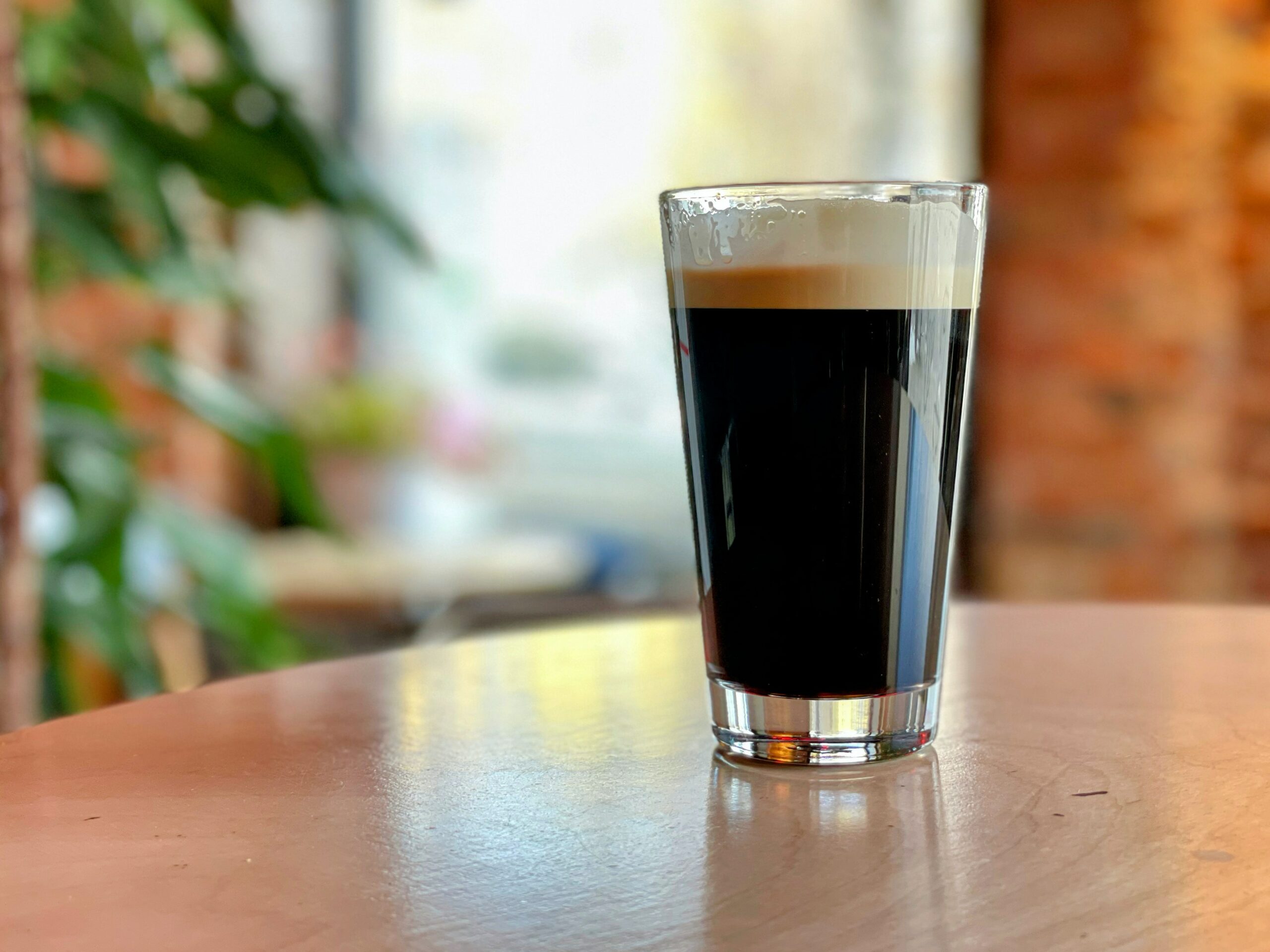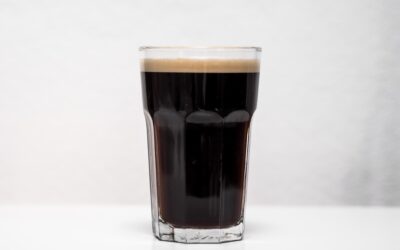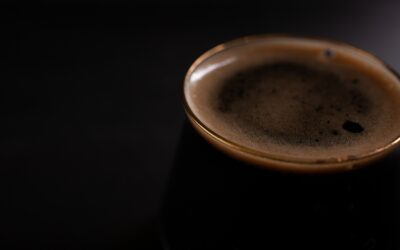This difference largely accounts for why Irish Stout became drier, the more so after the use of roasted unmalted barley was legalised in 1880.
Irish stout
Known throughout the world for its archetype, Guinness, modern Irish stout (4.0-4.5% ABV) settled into its dry, black and fairly light-bodied form over the course of the 20th century, gradually dropping its typical strength from over 7% in 1914 to under 5% ABV by 1950, and just over 4% ABV by the early 1980s.
Extra stout
To describe Extra Stout as a stronger version of a regular Irish stout is tidy but inaccurate. Its higher strength (5.5-6.5% ABV) enables more breadth and depth, showing in a jet-black body, dark roasted graininess, moderate hop bitterness and a dark chocolate character that lasts to the end. The backtastes might include biscuit, black coffee and caramel but it should not be fruity. It suits a bottled format.





